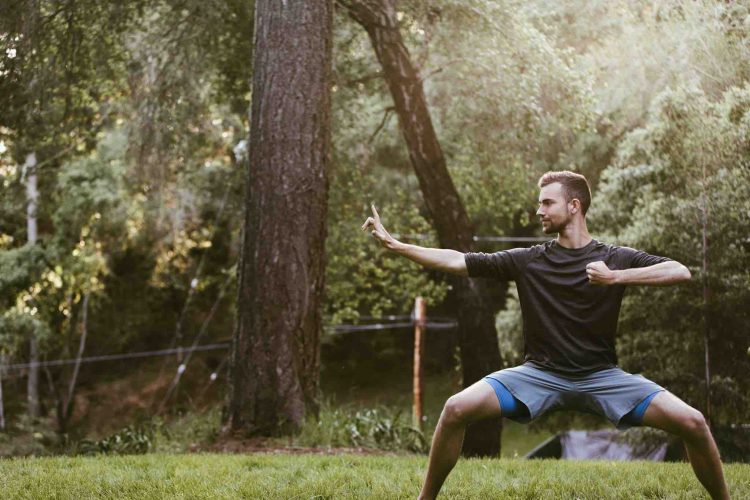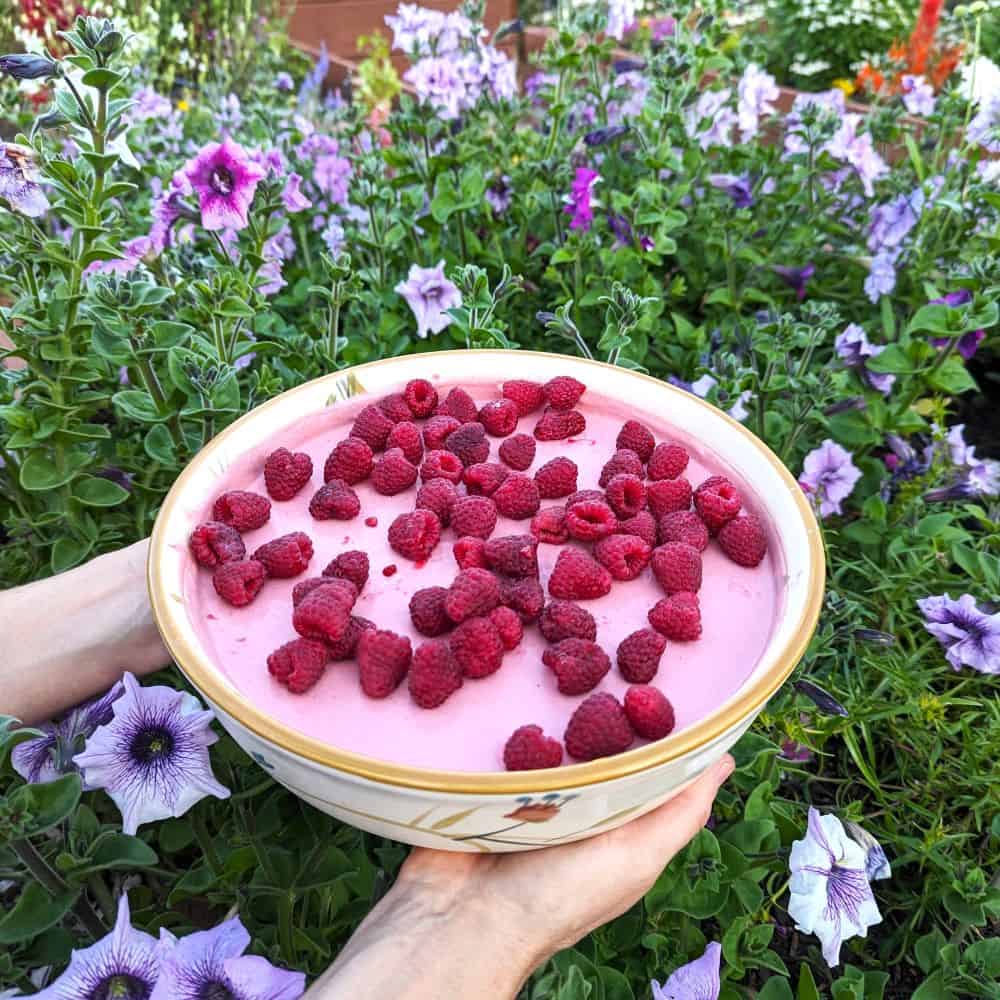Qigong is great because it synergistically supports every system in your body. By lowering stress, the body can redirect wasted energy from the fight-or-flight (sympathetic) nervous system to the rest-and-digest (parasympathetic) nervous system. This creates a cascade of biochemical changes that ultimately lead to improved health in every bodily system. The question is, how much improvement is there? Enough to make it worth your time? Enough to heal or prevent disease? In this article, we will look at two precise, quantifiable mechanisms of qigong therapy as it relates to the immune system.
1. Adrenaline Junkies
According to a recent article in Journal of Experimental Medicine, “Psychological distress, which is associated with the production of adrenaline and noradrenaline, has been linked to a higher risk of developing acute infectious diseases.” Adrenaline and noradrenaline mediate your body’s emergency response systems; for instance, making your heart beat faster, your lungs breath quicker, and your muscles become tense in preparation for conflict. Even though an infection is technically a sort of emergency, it appears adrenaline actually diminishes your body’s ability to fight it.
The fight-or-flight systems in your body likely evolved to see infections as less of an immediate threat than lions, snakes, and hostile humans with pointy things. Thus the body’s emergency systems (release of cortisol, adrenaline, noradrenaline) likely did not evolve to improve the abilities of the immune system.
The study in the article showed this in mice by giving the mice adrenergic receptor stimulators when they were infected with a virus (poor mice, I know). These chemicals bound the adrenaline receptors on various immune cells in the mice and caused those immune cells to behave as they would if the mouse were under significant psychological stress. The result was a significant decrease in the immune activity of those cells, and a much higher mortality rate (death by viral infection) for those mice compared to a control group that had the same virus but without the adrenergic agonists.
Hopefully it is obvious that I bring up adrenaline because qigong is so darned good at lowering stress, and, therefore, also the chemical mediators of stress. The action of qigong lowering adrenaline could be a major factor in why it seems to improve immune function as well. Qigong and adrenaline are basically opposites. Adrenaline causes the breath and heartbeat to quicken and the muscles to tense, while qigong encourages the muscles to relax and the breath and heart to slow down. Basically, in qigong, we act, breathe, and move like someone who is relaxed, and the result is that we actually become more relaxed. Fake it till you make it.
2. Killer Cells, Dude
Qigong has been shown in multiple studies to not only lower adrenaline, but also directly enhance the immune system.
One interesting study looked at the “cytotoxicity” of Natural Killer Cells (NK). NK cells are one of your body’s first lines of defense against pathogens, and part of how they kill those pathogens is with a load of cell-poison, or “cytotoxin,” they carry. The more cytotoxins an NK cell carries, the deadlier it is to viruses and infections. The study measured the cytotoxicity of NK cells of participants before and after doing one hour of qigong and found that it increased by 60 percent (!!) and stayed elevated for two hours following training.
Another study compared one group doing qigong with another group doing “sham qigong,” meaning the movements were made up and intentionally lacking qigong principles. This study showed that doing qigong just once was able to significantly increase white blood cell and lymphocyte (a type of immune cell) counts, whereas sham qigong had no effect. Interestingly, both sham qigong and actual qigong were able to increase monocyte count, indicating that movement in general is likely good for immune function.
Get Moving
In China, they are years ahead of us in integrating ancient and modern medicine. Chinese doctors don’t snuff at a medicine just because they can’t explain its chemical mechanisms; they just care if it works. In the west, even if we don’t quite know what qi is, or if the organ-channels and meridians exist at all, we can clearly see this is a therapy that works. And, nowadays, we even have the studies to prove it.














